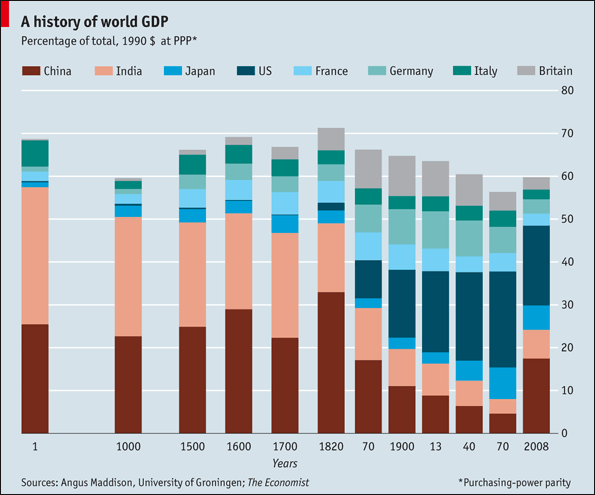EAsian
FULL MEMBER

- Joined
- Dec 3, 2011
- Messages
- 759
- Reaction score
- -1
- Country
- Location
No one looked up to Song.It's a shitty dynasty like KMT.Wait..I thought in history Japan looked up to Song as well
Follow along with the video below to see how to install our site as a web app on your home screen.
Note: This feature may not be available in some browsers.

No one looked up to Song.It's a shitty dynasty like KMT.Wait..I thought in history Japan looked up to Song as well

Song is very very wealthy, but Song had no balls, at least Song was far better than KMT.No one looked up to Song.It's a shitty dynasty like KMT.

Well,I don't think Song was very wealthy even though some song lover fabricated that the GDP of song had been 80% of whole world.I DON'T BELIEVE IT AT ALL.Even combined all of song,jin,kithan,it was still pretty poor according to Angus maddison,which I don't believe too.Song is very very wealthy, but Song had no balls, at least Song was far better than KMT.


I don't believe this chart more.Well,I don't think Song was very wealthy even some song lover fabricated that the GDP of song had been 80% of whole world.I DON'T BELIEVE IT AT ALL.Even combined all of song,jin,kithan,it was still pretty poor according to Angus maddison,which I don't believe too.
Somebody just like coward dynasties.More coward the dynasty is,They like it more.Being a weakling actually give them pleasure.

How about the population of other countries in this world?After all,It is a percentage map.I don't believe this chart more.
In the year of ad 1 the population of China was about 30 million, 1000 years later we doubled this number when we were in the late time of Tang. Then we doubled the number again just after about 125 years, that time rightly was the dynasty of Song. That was enough to explain.

How about the population of other countries in this world?After all,It is a percentage map.





We're not asking them to apologize. We are asking them to recognize and respect history. Is that too hard to ask, my friend? LOLChinese and Koreans should now stop asking for apologies every year. After a while it loses its value and demeans the victims. Mow its just for propaganda purposes against Japan.

New Recruit



